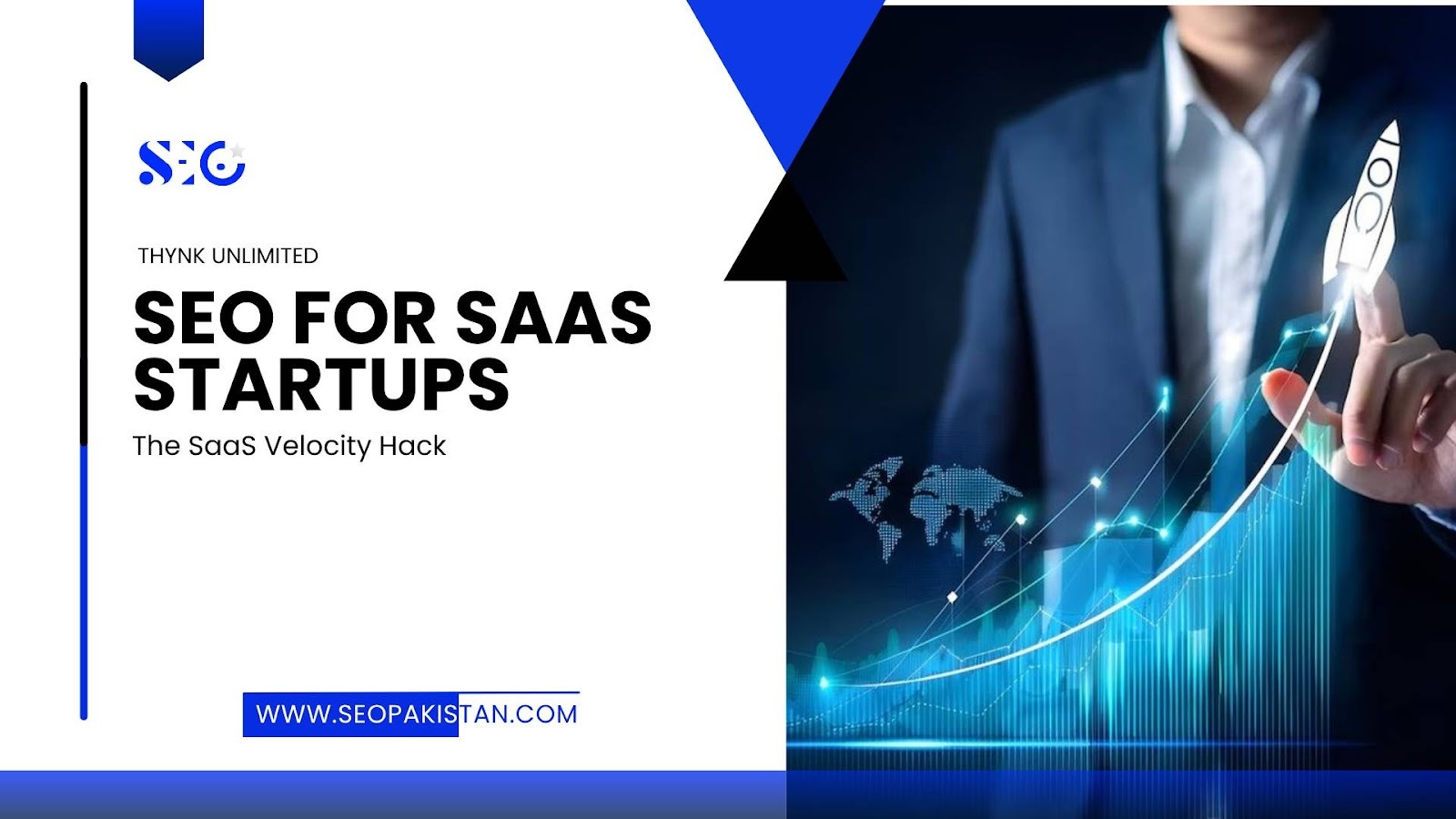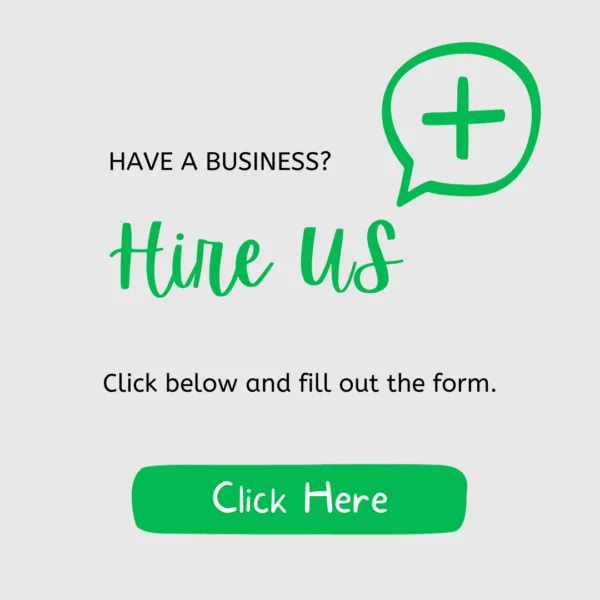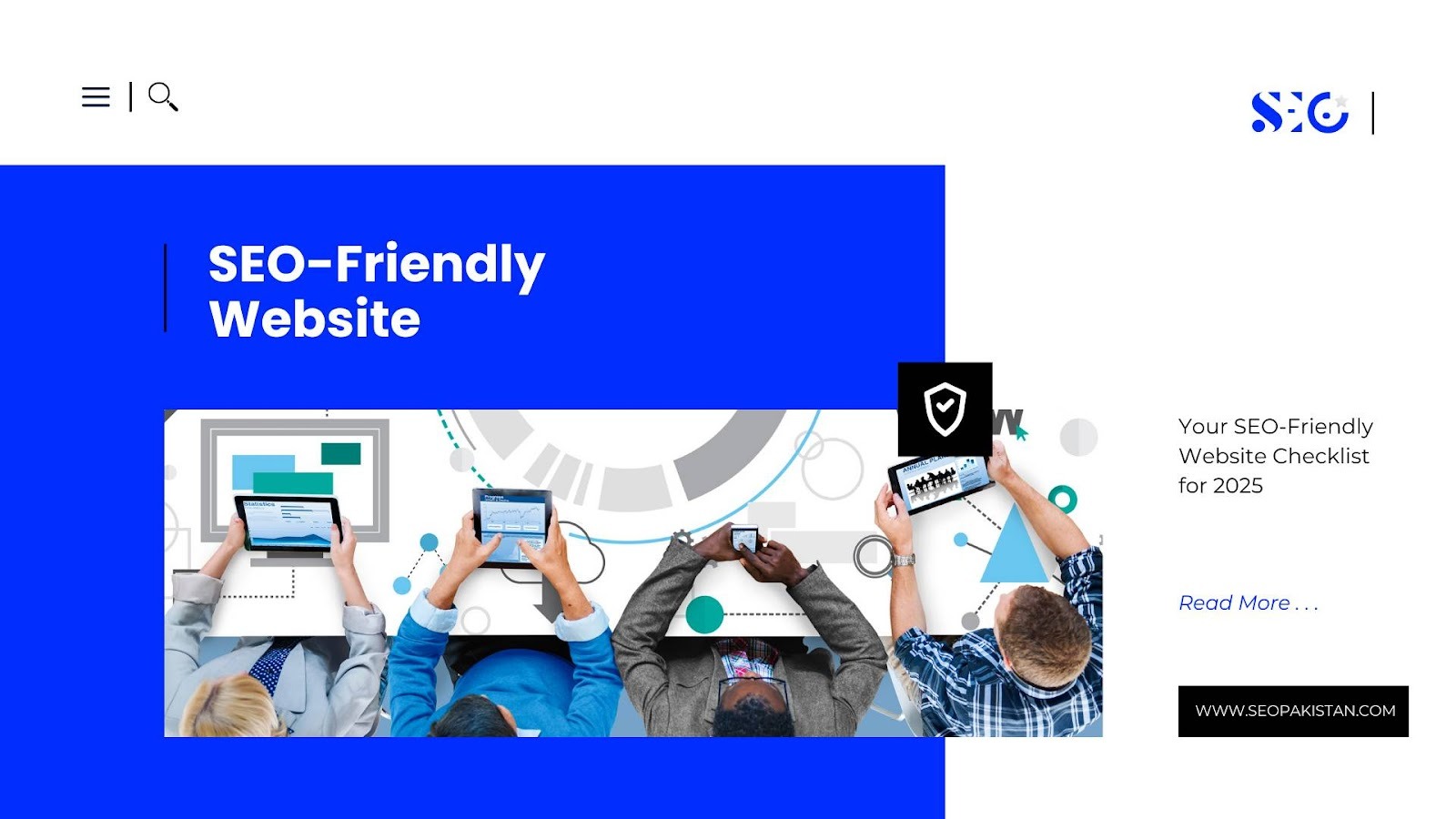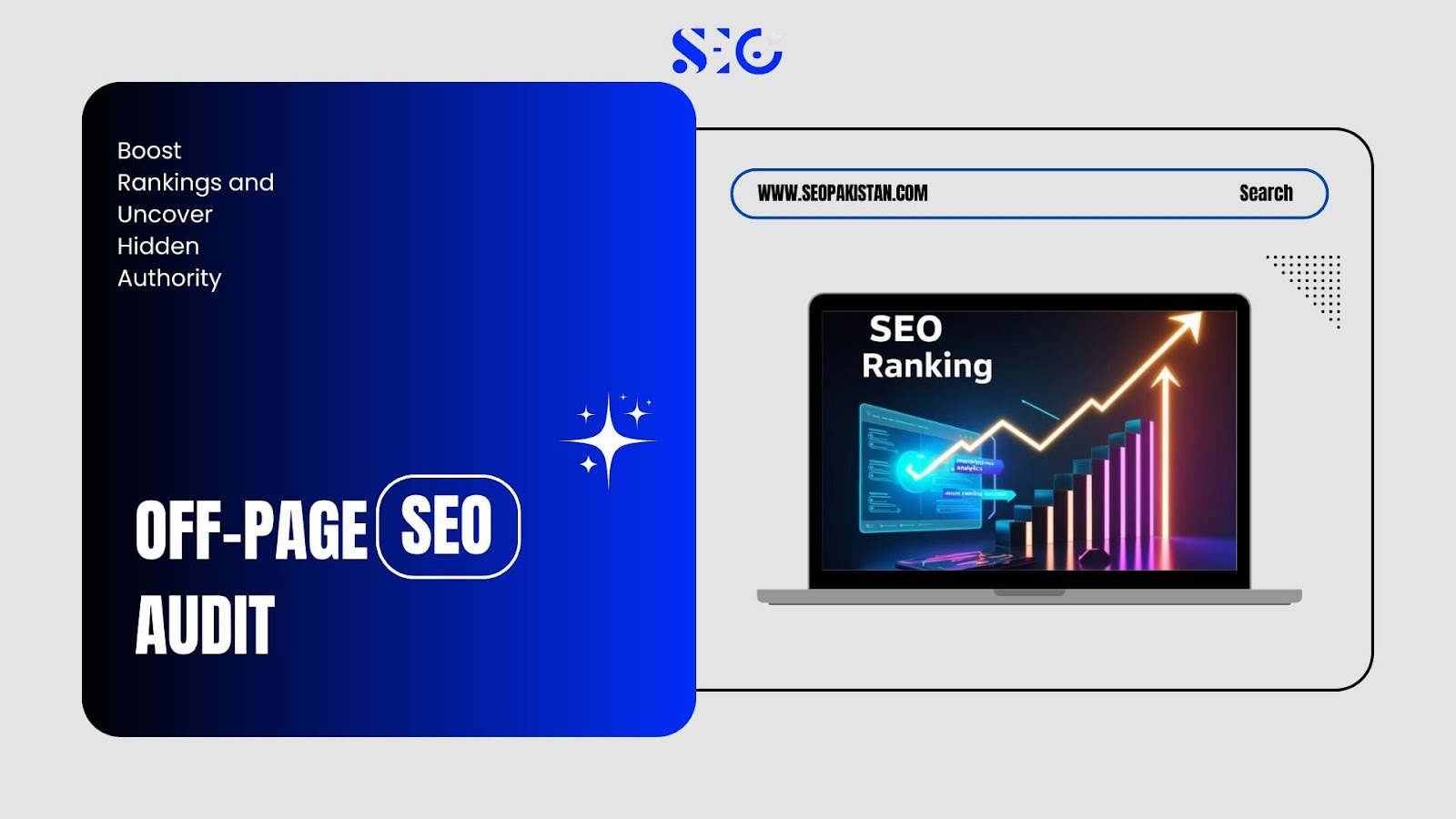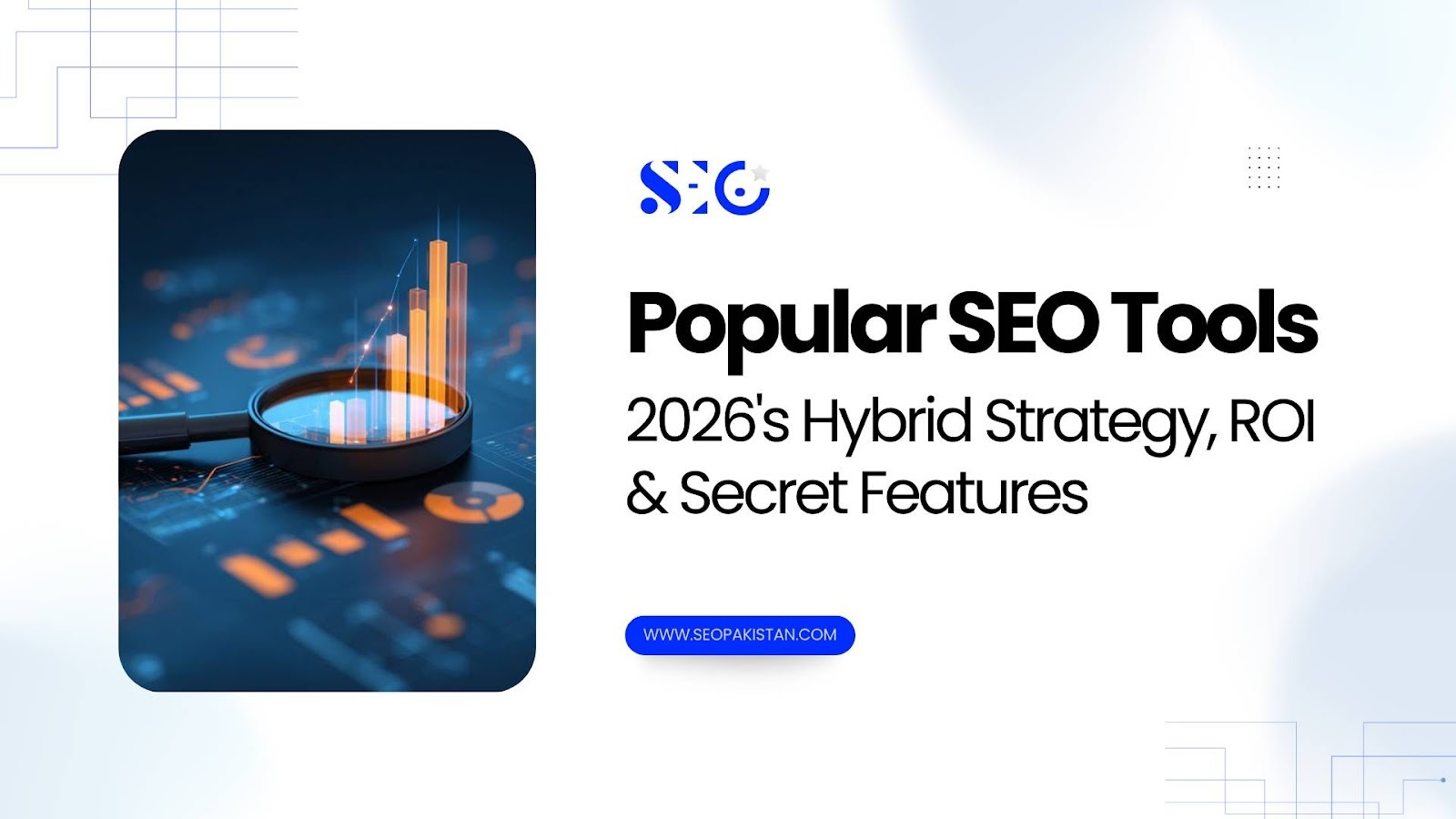Are you ready to break away from the sea of generic SEO advice and actually drive explosive growth for your SaaS business? If you have ever wondered why most SEO for SaaS Startups efforts fail to translate into paying customers, you are not alone. Many SaaS companies chase fleeting website traffic and high-volume keywords, yet only a handful harness SEO as a strategic force for real customer acquisition.
This guide goes beyond traffic. It uncovers actionable, data-driven insights for building a laser-focused SEO strategy, from technical SEO and on page SEO to content creation and user intent. You will learn how to boost organic traffic, dominate high-intent search results, and convert visitors into loyal trial users.
If you want to turn your SaaS website into an unstoppable growth engine, this is the blueprint you need. Read on, unlock the secrets, and accelerate your SaaS success with velocity.
Why SaaS SEO Demands a New Playbook
Many SaaS companies struggle with traditional search engine optimization. The challenges are unique: high customer acquisition costs, rapidly evolving SaaS products, and limited domain authority, which makes it hard to compete with established players in search engine rankings.
| Strategy | Primary Feature | Target Goal | Failure Point for Startups |
| Paid Ads (PPC) | Immediate Visibility | Sales/Leads Now | Unsustainable CAC; paid advertising stops leads when the budget ends. |
| Traditional Content SEO | High-Volume Keywords | Traffic & Awareness | Slow ROI; visitors are too high in the sales funnel to convert. |
| Affiliate Marketing | Performance-Based Leads | High Conversion Rate | Little control over brand messaging or lead quality. |
| Velocity SEO (Our Approach) | BoFu Conversion Focus | Sustainable Trial Volume | Demands technical rigor and deep keyword research. |
SaaS SEO requires a new approach:
- High CAC Pressure: Other marketing channels can drain budgets fast, elevating customer acquisition costs.
- Product Cannibalization: Feature overlap causes keyword confusion, reducing SEO value for your SaaS business.
- Low Authority Gap: New SaaS companies rarely have the domain strength to rank for broad keywords.
Alternatives to SaaS SEO and Why They Fall Short
Many SaaS companies rely on paid ads, traditional content SEO, or affiliate marketing. However, these approaches only provide short-term results or require long timeframes for ROI.
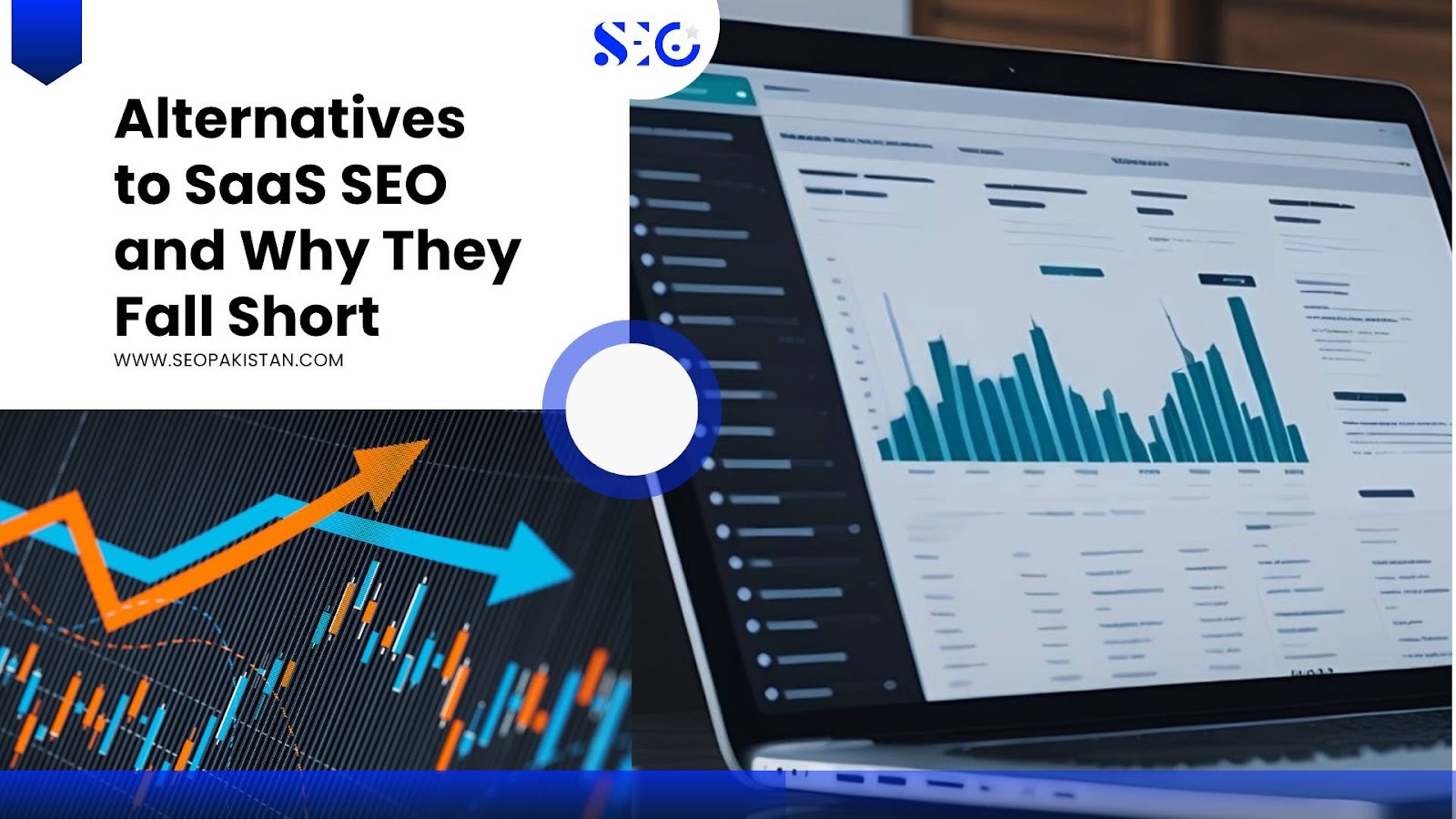
A focused, well-executed SaaS SEO strategy with a robust focus on search intent, content creation, and organic traffic trends is the most cost-effective way to consistently acquire target customers.
The Importance of a Specialized SaaS SEO Strategy
A targeted SEO strategy for SaaS companies delivers tangible results and builds defensibility in competitive markets.
- Lowering the CAC Wall: Organic traffic scales affordably, reducing your customer acquisition costs as your SaaS company grows.
- Building a Defensible Moat: Achieving high rankings on search engine results pages (SERPs), especially for competitor keywords, provides an ongoing competitive edge in the SaaS landscape.
5 Key Benefits of Sustainable SaaS SEO Growth
| Benefit | Description |
| High-Quality Trial Leads | Attracts users searching for product comparisons or alternatives targeting search queries with strong buy intent. |
| Compounding Authority | Each piece of SEO optimized content and every backlink increases your site’s domain authority and trust. |
| Future-Proofing | Prioritizing user intent, technical health, and schema keeps your SaaS website ready for evolving search engines and AI. |
| Developer Efficiency | Turning documentation into valuable content streamlines content creation and speeds up SEO efforts. |
| Accelerated Brand Trust | Earning top positions in search engine results signals authority to your potential and target audience. |
The Velocity Playbook: 7 Tactics to Scale Trials
To achieve successful SEO strategy results, implement these seven actionable SaaS SEO tactics. Each step is designed to increase organic traffic, boost conversions, and solidify your SaaS content marketing efforts.
The “1-Second Audit” on Pricing Pages
Apply technical SEO improvements only to your /pricing and /register landing pages in your first 90 days. Prioritize a 90+ PageSpeed Score. Faster-loading landing pages mean lower bounce rates and higher conversion rates, a huge benefit for SaaS businesses.
Why it works
These are the final steps before a trial or purchase. Improved site speed directly elevates your SEO performance and user experience in the checkout process.
The Triple-Threat Comparison Strategy

Optimize your content strategy around these page types:
- [Your SaaS product] vs [Competitor]: Target the most direct, bottom-of-the-funnel, high-intent search queries.
- [Competitor] Alternatives: Win customers switching from other SaaS companies.
- [Competitor] Pricing: Capture buyers in the decision phase concerned about cost.
Use Google Keyword Planner or Keyword Magic Tool for keyword research and build a master Alternatives Hub with strong internal links. This approach pushes users quickly down the marketing funnel and supports MoFu-to-BoFu conversion.
Broken Review Link Reclamation
Leverage SEO tools to find resource pages or best-of lists (e.g., “Best Project Management Software”) that link to competitors’ broken web pages. Reach out to editors to replace broken links with your own feature or pricing page, increasing authoritative backlinks to your SaaS website. This enhances off-page SEO and brings in highly qualified leads.
The “Feature Documentation” Silo
Create content that answers exact search queries, such as “how to integrate [tool feature] in [Your SaaS product].” This creates highly relevant, SEO optimized content that targets long tail keywords and users with clear search intent.
Organize the documentation using on-page SEO best practices and ensure proper schema is in place.
The How-To Schema Lock-In
For every feature guide or step-by-step tutorial, implement the HowTo Schema. This markup helps search engines and AI models understand your content, boosting your chances for rich snippets and zero-click search results. Monitor progress with Google Search Console and Google Analytics.
MoFu-to-BoFu Intent Mapping
Use your keyword research process to identify long tail keywords in the middle funnel with commercial search intent. Do not simply create content to inform position landing pages to convert by showing clear value, and using strong on-page SEO with CTA’s above the fold.
The Above-the-Fold Conversion Lock
Focus all your A/B testing on the above-the-fold section of landing pages and comparison pages. Headline, CTA, and social proof should address pain points of target customers immediately, maximizing conversion from organic traffic and solidifying your SaaS SEO performance.
Building Your Sustainable SaaS SEO Engine
Use this three-phase SEO strategy model for SaaS companies to scale organic search visibility and conversions:
| Phase | Focus | Key Actions |
| Zero to Sign-Up | Velocity (BoFu Domination) | – Target BoFu keywords (SEO for SaaS, SaaS SEO strategy) – Build Alternatives Hub for high-converting pages – Fix broken links for off-page SEO – Optimize trial sign-up flow on landing pages |
| Scale and Authority | MoFu Expansion & Authority | – Create a content marketing strategy targeting MoFu keywords – Expand feature documentation silo – Build internal links – Monitor with Google Analytics and Search Console |
| The Moat | ToFu & Link Velocity | – Launch content marketing and digital PR campaigns – Produce unique, high-quality content based on internal data – Increase inbound links from reputable sources |
Track performance using relevant SEO metrics, focusing not just on organic traffic or search engine results but also on conversion rates and the CLV of customers gained through SEO efforts.
Use Google Analytics and Search Console to evaluate increases in organic traffic and conversions. Continue optimizing your content marketing and SaaS content marketing efforts, making sure all pages address the needs and search intent of your target audience.
Conclusion: Your Lowest CAC Acquisition Channel
SEO for SaaS startups is more than just search engine rankings; it is a core growth engine for SaaS companies. By adopting a well-executed strategy that brings together technical SEO, content creation, keyword research, and strong internal links, you build a lasting competitive advantage.
The combination of on-page SEO, high-quality content, and valuable content ensures increases in organic traffic from the right kind of search queries and turns that traffic into paying customers.
Which of the three BoFu secrets, the 1-Second Audit, the Triple-Threat Comparison, or the HowTo Schema Lock-I,n will you use first to boost your SaaS SEO performance and accelerate your trial velocity? Ready to put these winning SaaS SEO strategies into action? Start today with seo pakistan, track your progress, and share your results to inspire fellow SaaS leaders on their journey!
Frequently Asked Questions
What is SEO for SaaS?
SEO for SaaS focuses on optimizing a SaaS website to attract high-intent users, drive trial sign-ups, and lower customer acquisition costs by targeting bottom-of-funnel keywords and improving technical performance.
What is the 3 3 2 2 2 rule of SaaS?
This rule suggests allocating resources as follows: 3 months for product-market fit, 3 months for customer acquisition, 2 months for onboarding, 2 months for retention, and 2 months for scaling.
What is the 80/20 rule for SEO?
The 80/20 rule in SEO states that 80% of results come from 20% of efforts, emphasizing the importance of focusing on high-impact strategies like targeting high-intent keywords and optimizing key pages.
What are the 4 types of SEO?
The four types of SEO are:
- On-Page SEO: Optimizing content and HTML elements.
- Off-Page SEO: Building backlinks and external signals.
- Technical SEO: Improving site speed, structure, and crawlability.
- Local SEO: Optimizing for location-based searches.
What is the rule of 40 in SaaS?
The rule of 40 states that a SaaS company’s combined growth rate and profit margin should equal or exceed 40% to indicate healthy business performance.
What are the 3 C’s of SEO?
The 3 C’s of SEO are:
- Content: High-quality, relevant, and optimized content.
- Code: Clean, efficient, and SEO-friendly website code.
- Credibility: Building trust through backlinks and authority.

